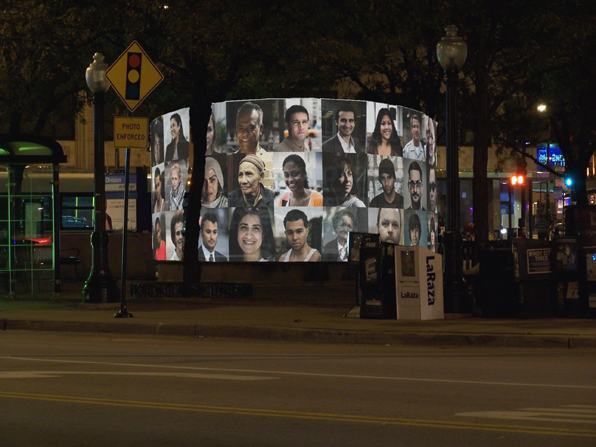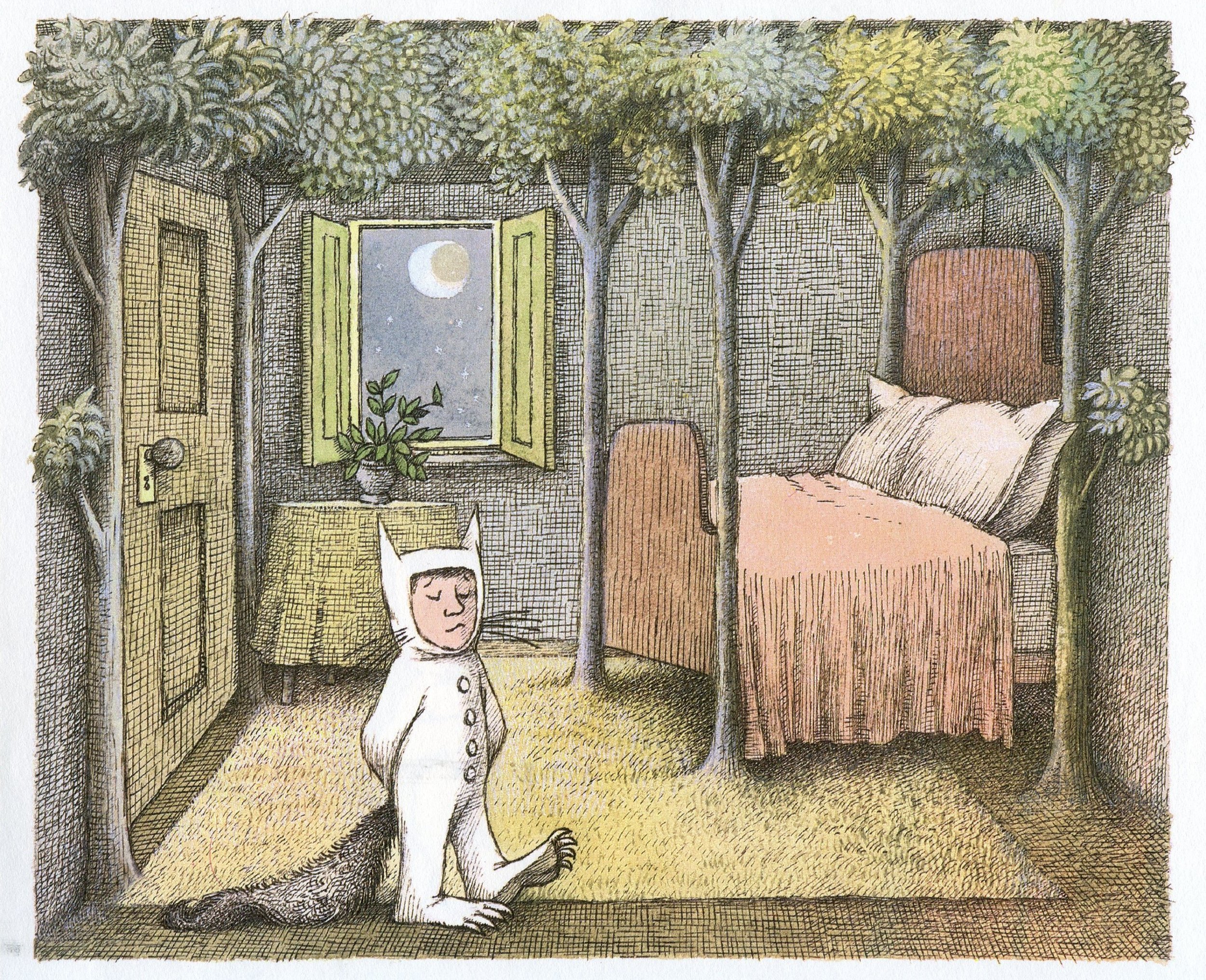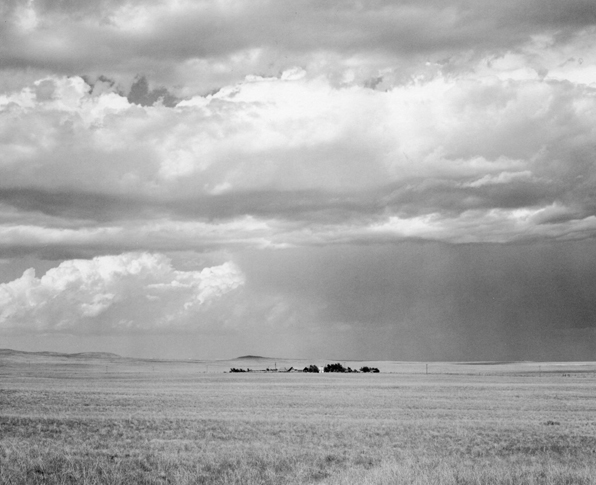some of the many years of sketchbooks with images of coffee shops and cafes from M. Gerwing Architects
for the love of bridges
I have written a number of times about bridges, their simple beauty and the increasingly rare appearance of steel arched types. This bridge, in central Kansas, crosses a small river not far from the original path of the Oregon Trail. On this day it was dripping from a recent rain and the sky was an eerily-threatening monotone of gray.
These were shot on a medium format late 1950's Zeiss Ikon Nettar folding camera recently given to me by my uncle.
Thanks Pete.
“For the masses that do the city’s work also keep the city’s heart.” -Nelson Algren
A number of years ago, we won a little competition to design a winter-time cover for a large basin-type fountain in a small park in Chicago. The fountain is named after Nelson Algren, the novelist and occasional screenwriter who wrote vivid, sentimental-free stories of the bartenders, prostitutes and gamblers of Chicago. When I lived in Chicago, I lived around the corner from one of his haunts and this fountain is just down the street from my first real experiences in the city.
The project was to be paid for with a combination of funds and like so many of these endeavors it stalled, stumbled and finally died. Or so I thought. It looks like interest has revived and we may be finally giving birth to this little project.
Here are some of the texts and images we produced for the original competition entry:
The Nelson Algren fountain sits in a long overlooked triangle at the center of a rapidly changing neighborhood in Chicago. It is not the Gold Coast or Lincoln Park, it is not Bronzeville or Uptown. It is not even at the heart of Wicker Park or Bucktown. It is overlooked because it sits in-between, because the triangle that it sits in is the result of the streets around it, not designed to be a place of its own.The proposed project is for a seasonal cover for the neglected fountain that makes a claim for that place. It claims this place for the people that work around it and pass through it every day. It is a visual analogue to Algren’s stories, a recording of the lives of the people in the neighborhood around him. Not portraits of the city’s great and powerful, but of the people that do the city’s work. The cover consists of a series of painted steel frames that support lexan panels holding acetate screenprinted portraits of people in the neighborhood. Text from Algren’s work Chicago, City on the Make, rings the base of the panels that extend just beyond the edge of the existing basin surround. Internal backlighting at night creates a beacon, shining through the back of the images and allowing them to keep watch over the triangle. Each year or as required, the images will be replaced. An ad hoc photo booth will be setup and allow anyone to come in and have their portrait taken and added to the panels. Over time the changing face of the neighborhood will be reflected in the panels.
Maurice Sendak
I posted this a couple of years ago and thought I would put it back up today in honor of the great Maurice Sendak who just passed away. This little sequence, where Max's room turns into a forest, is one of the reasons I became an architect.
Thank you Mr. Sendak.
"That very night in Max's room a forest grew
and grew-
and grew until his ceiling hung with vines
and the walls became the world all around"
This is still basically what I do everyday - imagine another world within the world.
Where The Wild Things Are
Story and Pictures by Maurice Sendak, 1963.
Happy New Year everyone
Robert Adams, images of the American West
Currently at the Denver Art Museum is an exhibit of the photographic work of Robert Adams. Robert Adams grew up in Colorado and is best known for his photographs of the New West - the human impacts on the landscape. Unlike Ansel Adam's stunningly beautiful images of western landscapes, Robert Adam's images are a combination of the joy and beauty of the west alongside its degradation and exploitation.
Many of Adam's most arresting images are those of the new housing encroachments on the landscape throughout the 1960' and 70's. The stark, high-altitude light of the Front Range puts into sharp focus the stark isolation of the suburban dream contrasted against the expansive emptiness of the western sky.
I first ran into Adam's work through the many books of photography that he produced. The New West, Summer Nights and West from the Columbia are but a few of the more than twenty books of thoughtful, sometimes disturbing, but always beautiful images.
I strongly recommend the exhibit. It is simply presented and the images are arresting and intriguing in a way that the books can only hint at.
Robert Adams
The Place We Live, A Retrospective Selection of Photographs
Sept 25 - Jan 1, Denver Art Museum
(all photos by Robert Adams, from What Can We Believe Where? )
the most foreign of cities - Venice
Many years ago I lived in Venice for a time. I was an enthusiastic architecture student from the rolling hills of central Kentucky and my arrival in Venice still resonates with me. Not so much the first impression or even the first day or two, but that growing feeling of unease and intrigue upon slowly realizing that I am in a place utterly foreign to me.
My travels in the Third World have been few and brief, and I understand folk's descriptions of those environments and their sense of "foreign-ness" when confronted with those cultures. My fascination with Venice comes not from that kind of cultural displacement, but rather the uncanny feeling of simultaneous comfort and unease that waterborne Venice seeped into me.
I arrived in Venice from land-locked central Kentucky, with its clear blue skies, rolling bluegrass and crisp buildings. The hazy atmospheres of hot and humid Cumberland summer afternoons were temporary and seasonal. When writers describe Venice as the floating city, they don't just mean its position in the middle of the Lagoon and its water courses. Most of my early mornings in Venice were spent wandering around the labyrinthine city through an air thick and redolent with sea. This seemed not so much as fog, as the sea itself, still sleepily gathering itself from a night dispersed in the air.
This ambiguity between sea and sky was all the more strange to me for the lack of land that in my experience defined each of the other. There is no land in Venice, not in the sense of land as I knew it. You may walk on stones or bricks, but this was not the earth. The built environment of Venice was not carved out of the wilderness nor did it exist as an antidote to the agricultural fields that make so much of Kentucky. Venice is built from tiny islands, out of the sea itself, to the point where no notion of those islands exist. It is not of the earth. For me, that was about as foreign as a place could be.
Walking around Venice it suddenly occurred to me that all the buildings that I was seeing, the houses and churches, squares and bridges, all of it, was from someplace else. All of this stone and marble and brick is from another place. The link between the materiality of buildings and a place didn't exist in this marine world. I live in Colorado now and unsurprisingly we build with a lot of timber and stone. The color of the brick in Louisville where I grew up is the same as the local mud on the banks of every stream. Venice is built out of solid stuff, heavy cut stone and thick courses of brick. And it sits improbably on the water. I now know where all these materials came from but you don't feel it as you live and breath in that place.
I have written quite a bit about my studies in vernacular architecture and how the buildings of a place are influenced by the materials and climate and terrain of that specific locale. But what makes Venice? You can trace the historical forms of the buildings and research their origins in form and material, but they do not feel natural to that place. Venice truly is other-worldly in that sense and that may go along way in explaining my love and unease with the place. In all its peeling stucco and crumbling masonry, it is a perfect jewel - of this world, but apart from it.



















